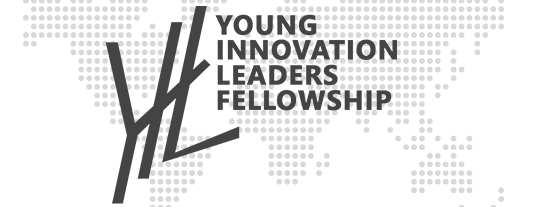2025 YIL Capstone Projects
Welcome to the Project Phase of the 2025 YIL Fellowship, where you’ll apply proven innovation methods to address Africa’s most urgent challenges. In the weeks ahead, you’ll tackle real-world problems—whether improving access to quality education or enhancing government transparency—using the design-thinking, lean-prototyping, and user-centered frameworks you’ve started mastering. Each challenge is designed to push you beyond conventional approaches: you’ll use data-driven insights, collaborate with peers, and experiment with rapid iterations to develop actionable solutions that can scale across diverse contexts.
As you dive into these projects, remember that transformative ideas often arise from combining on-the-ground understanding with cutting-edge tools. Draw on community insights and existing best practices to inform your prototypes, then amplify impact with AI, mobile platforms, or collaborative technologies. We encourage you to take calculated risks, iterate quickly based on real feedback, and work across disciplines. By embracing this iterative, collaborative mindset, you’ll not only hone your leadership and innovation skills but also create sustainable, high-impact solutions that drive meaningful change across the continent.
2025 yil challenges
1. Digital Heritage Health Hub: Empowering Communities to Tackle Noncommunicable Diseases
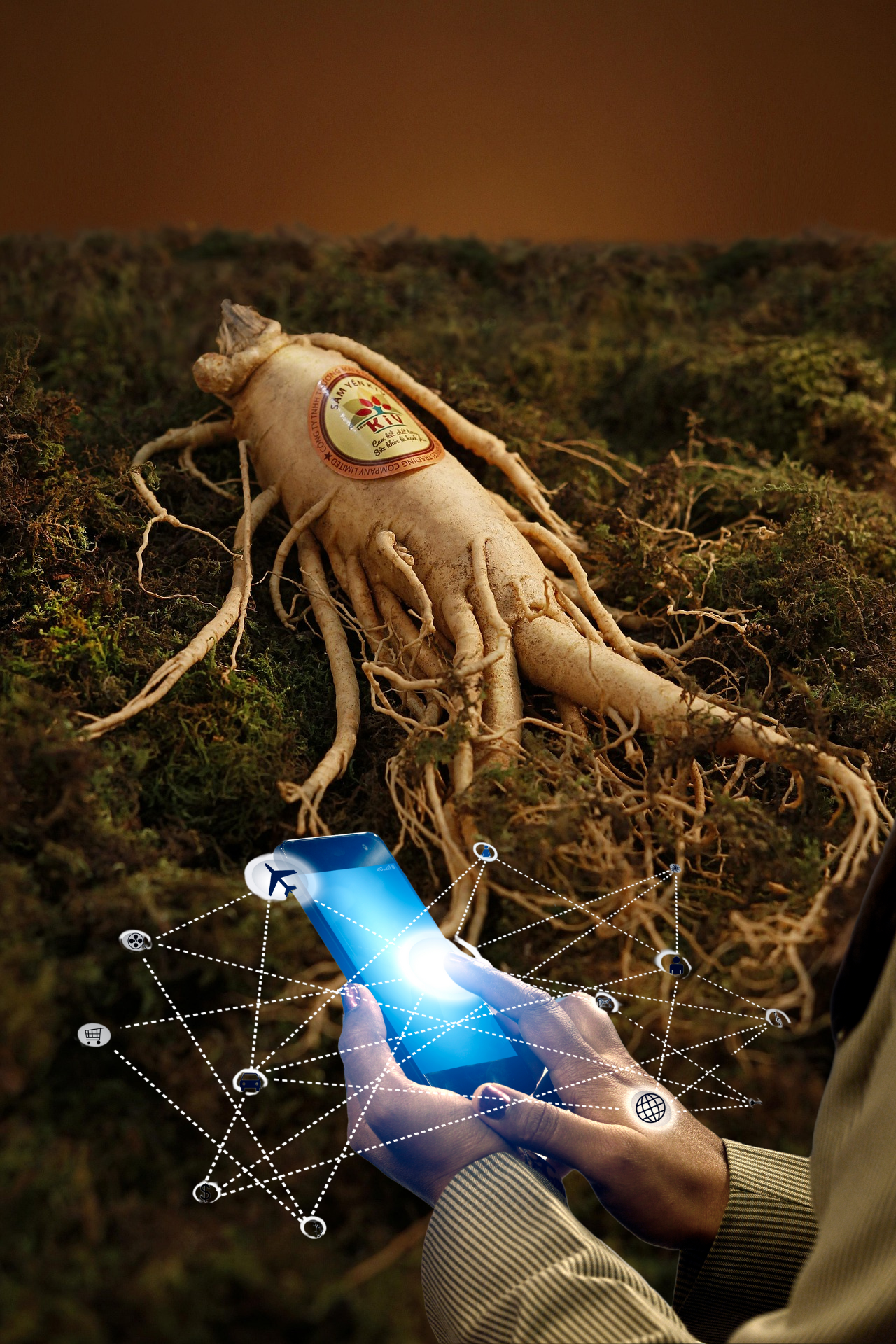
Context
Noncommunicable diseases (NCDs)—such as hypertension, diabetes, and cardiovascular conditions—are on the rise throughout African communities. Lifestyle shifts, urbanization, and limited access to reliable, locally relevant health information leave many rural and peri-urban populations vulnerable. At the same time, traditional health practices and community-driven networks remain deeply ingrained. Despite the availability of modern digital tools, few platforms effectively integrate ancestral wisdom with up-to-date clinical guidance. This gap means that many individuals lack culturally appropriate resources to understand risk factors, track health indicators, or adopt preventive behaviors.
2. Digitizing Informal Retail: AI-Powered Commerce for Africa’s Micro-Vendors
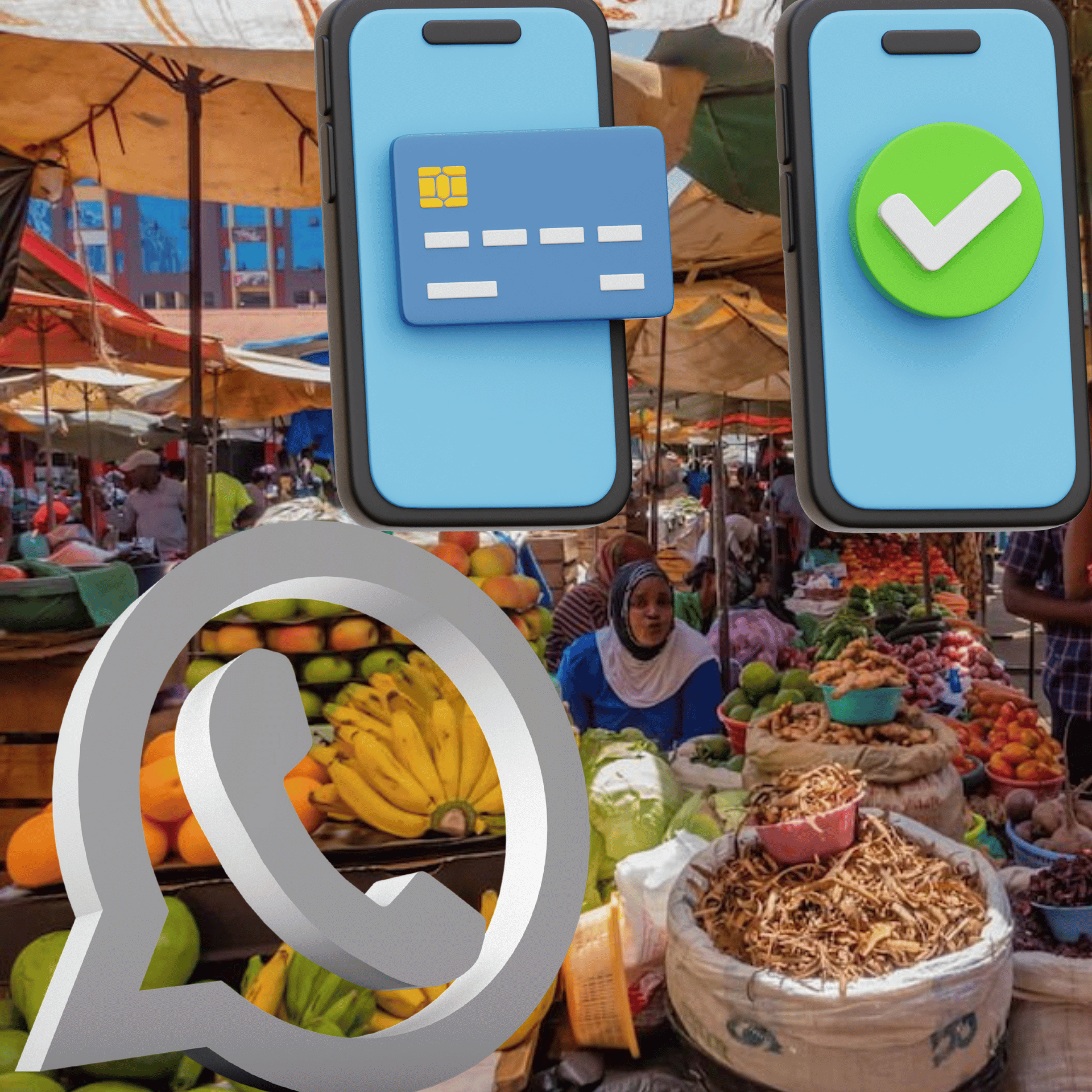
Context:
Nigeria’s informal retail sector—valued at ₦15.6 trillion—is sustained by more than 40 million micro-vendors who have built their livelihoods on personal relationships, handwritten ledgers, and cash‐based transactions passed down through generations. Though these time-honored practices foster deep community trust, they also come with inefficiencies: missing stock records, lost sales opportunities, and limited avenues for growth. As smartphones become more common and mobile commerce steadily gains traction, there’s a tremendous opportunity to bring these vendors into the digital age—while still honoring the traditions and local nuances that define their businesses. Past attempts at digital tools have stumbled over challenges such as unreliable connectivity, the need for native language support, and solutions that feel foreign to daily routines.
Mission:
As a YIL Fellow, your task is to design and prototype a chat‐first commerce platform—one that feels as natural to micro-vendors as the handwritten notebooks they’ve always used, yet brings them powerful AI-enhanced features. Your solution should enable small traders to:
- Effortlessly manage orders and track inventory without losing the familiar “notebook” feel.
- Accept digital payments in a way that mirrors the trust of cash exchanges.
- Leverage AI automation to anticipate restocking needs and suggest pricing, all in the languages and dialects vendors already speak.
- Operate seamlessly even where internet is slow or intermittent.
Build on the strengths of community-driven commerce, respect time-tested vendor-customer bonds, and create a prototype that bridges tradition with forward-looking technology—so that every micro-vendor can preserve what they cherish while unlocking new paths for growth.
3. Reengineering Shareholder Governance for a Digital Africa

Context
In emerging markets such as Nigeria and across Africa, thousands of companies are legally required to hold Annual General Meetings (AGMs), Extraordinary General Meetings (EGMs), and Board Meetings. Yet the systems for organizing and executing these gatherings remain outdated, inefficient, and ill-suited to modern governance needs. Reliance on manual processes, physical logistics, and complex regulatory requirements makes these meetings expensive, time-consuming, and prone to non-compliance. Moreover, shareholder participation remains low because of accessibility barriers—especially for diaspora investors and stakeholders spread across remote regions.
Your Mission
As a YIL Fellow and member of a high-impact innovation cohort, you are tasked with designing a cloud-native governance platform that redefines how corporate meetings are organized, conducted, and recorded across Africa. Using the innovation principles and lean-startup methods you’ll learn in the fellowship, your solution should:
- Replace manual and paper-based workflows with a secure, scalable digital interface.
- Address regulatory and compliance requirements—streamlining notices, quorum checks, voting, and minutes.
- Enable real-time, remote participation so that diaspora and geographically dispersed shareholders can engage seamlessly.
- Demonstrate a clear path to quick wins—such as reducing logistics costs, improving turnout by X percent, or accelerating decision-making cycles.
By the end of the capstone, you will present a working prototype and an implementation roadmap showing how a cloud-native platform can drive greater transparency, efficiency, and inclusion in shareholder governance throughout Africa.
4. AI-Driven Health Stories for Community Change

Context
In many African communities, health behaviors are shaped by beliefs, traditions, and social norms. The Health Belief Model (HBM) offers a time-tested framework—grounded in understanding why individuals choose to protect their health or not. By combining this framework with AI-powered filmmaking, you can craft compelling narratives that both respect traditional storytelling and spur real change.
Mission
Select a pressing health-related social issue in your community (e.g., malaria prevention, mental health care, maternal wellness, vaccination uptake) and produce six episodes (20–30 minutes each)—each episode focusing on at least one key construct of the Health Belief Model:
- Perceived Susceptibility: Illustrate how individuals recognize their personal risk.
- Perceived Severity: Show the real-life impact and consequences if the issue is left unaddressed.
- Perceived Benefits: Highlight the tangible advantages of adopting healthier behaviors or interventions.
- Perceived Barriers: Explore cultural, economic, or logistical obstacles that deter change.
- Cues to Action: Demonstrate triggers—whether community champions, traditional ceremonies, or local events—that prompt people to act.
- Self-Efficacy: Portray how individuals gain confidence to adopt and maintain healthier practices.
Across all episodes, weave in local proverbs, folktales, or community anecdotes as guiding threads. Engage elders, health workers, and those personally affected to ensure authenticity. Use AI tools (text-to-video, AI voice synthesis, editing assistants) to streamline production—always prioritizing human stories and cultural resonance.
5. Reimagining African Fashion for Modern Professionals
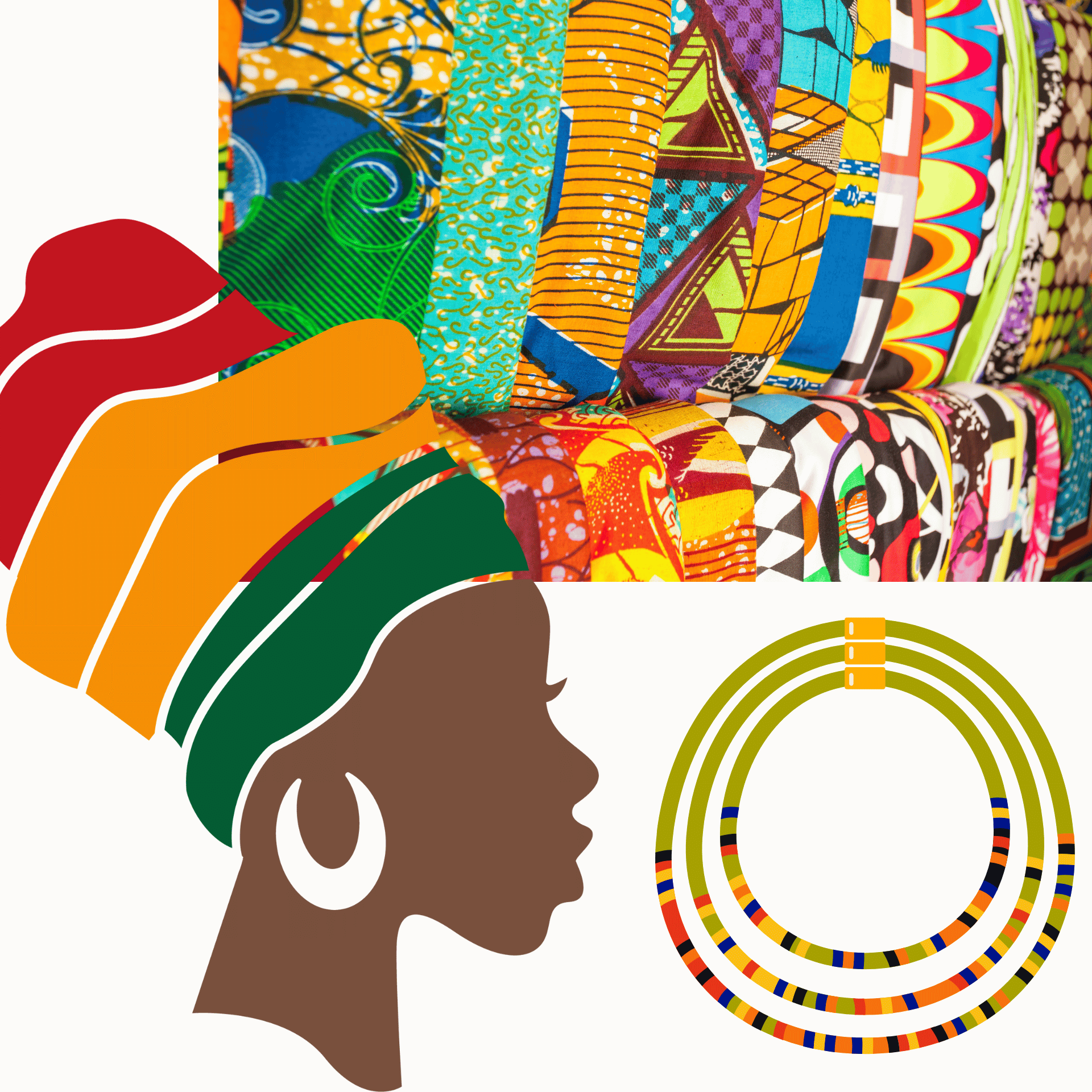
Context
Across Africa, traditional dress holds deep cultural significance, yet many modern professionals find a disconnect between heritage and today’s functional needs. Office environments often demand polished, professional attire—but locally made workwear can lack refined tailoring or contemporary silhouettes, while international brands seldom reflect African identity. Similarly, special-occasion garments—whether for weddings, graduations, or festivals—frequently rely on heavy, ornate materials that feel ill-suited to today’s fast-paced lifestyles and tropical climates. At the same time, urban youth yearn for streetwear that speaks to both their community’s roots and the realities of city life; yet fast-fashion outlets dominate with generic styles, leaving artisanal craftsmanship underrepresented. In each case, there is a clear market gap: clothing that honors cultural heritage but also meets modern expectations of comfort, fit, and practicality.
Mission
As a YIL Fellow, your task is to conceptualize and prototype a distinctive fashion brand or product line that bridges these divides—honoring ancestral craftsmanship, celebrating cultural identity, and fulfilling unmet needs in professional, ceremonial, or urban contexts. Drawing on the innovation frameworks and design-thinking principles you learn throughout the fellowship, identify a specific segment (e.g., women’s workwear, lightweight ceremonial attire, or artisanal streetwear) and develop a solution that:
- Leverages traditional African textiles, motifs, or techniques in a way that resonates with modern lifestyles;
- Addresses functional requirements such as fit, climate-appropriateness, and ease of production;
- Proposes a sustainable, scalable model—whether by partnering with local artisans, outsourcing responsibly, or employing eco-conscious materials.
You are encouraged to conduct market research, engage with potential users, and iterate rapidly on prototypes. By the end of the capstone, you will present a clear value proposition, a design concept or prototype, and a plan for bringing your brand to market—demonstrating how heritage-driven innovation can redefine African fashion for tomorrow’s leaders.
6. Using Satellite Data to Empower Smallholder Agriculture
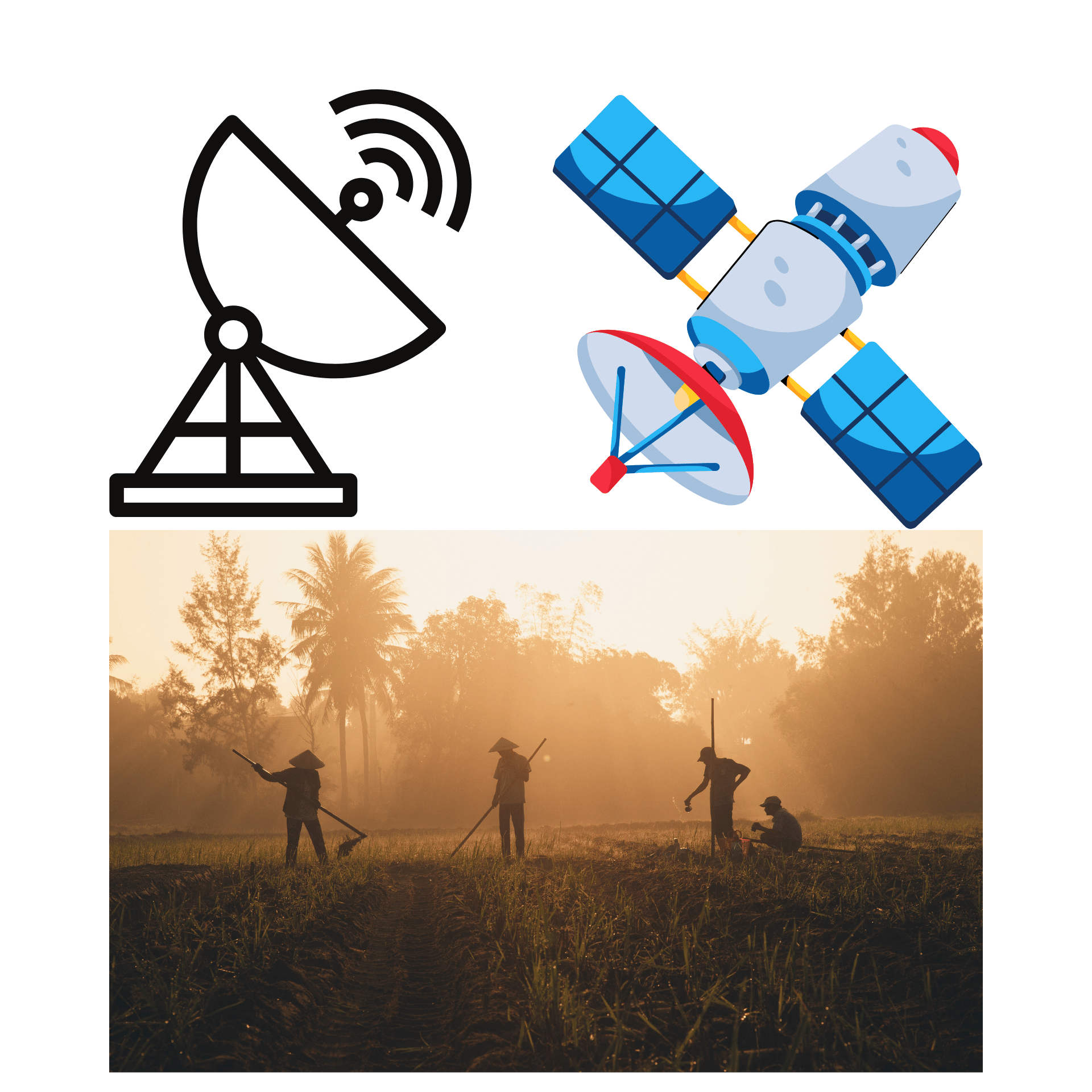
Context
Agriculture remains the backbone of many African economies, yet smallholder farmers often lack timely, accurate information about their fields. While traditional practices—rain-based planting, visual inspection, and local knowledge—have long guided planting and harvesting decisions, changing weather patterns and fragmented extension services leave producers vulnerable to crop stress, pest outbreaks, and erratic yields. At the same time, an abundance of free or low-cost satellite imagery (e.g., open-source Sentinel or Landsat data) offers a new opportunity: near-real-time insights into vegetation health, soil moisture, and land-use changes. To date, few accessible, locally-relevant tools translate these rich data sources into practical guidance for everyday farmers or small agribusinesses. This gap represents a low-hanging fruit for innovators who can combine space technology with on-the-ground insight to deliver quick wins—helping communities boost productivity, reduce risk, and preserve traditional farming wisdom.
Mission
As a YIL Fellow, your task is to conceive and prototype a space-enabled solution that delivers actionable, field-level intelligence to smallholder farmers or local agribusinesses. Drawing on the innovation frameworks and lean-startup principles taught in the fellowship, you should:
- Identify a Specific Pain Point
Choose a tangible, high-impact challenge—such as detecting crop stress early, optimizing irrigation scheduling, forecasting harvest timelines, or monitoring land degradation. Ensure it represents a clear market gap and can be addressed with publicly available or affordable satellite data. - Leverage Readily Accessible Space Data
Research free/open-source imagery (e.g., Sentinel-2 NDVI, Landsat soil-brightness indices) or low-cost commercial offerings. Determine which data streams and indices best align with your chosen use case (e.g., vegetation indices for crop health, radar data for soil moisture, change-detection for deforestation). - Design a User-Centric Prototype
Build a minimally viable product—whether a dashboard, mobile alert system, SMS notification service, or offline-capable map—that translates raw satellite readings into simple, culturally relevant guidance. Incorporate local knowledge: for example, link indices to traditional planting calendars or integrate farmer feedback loops to validate satellite-based alerts. - Demonstrate Quick Wins and Scalability
Show how your prototype can deliver tangible benefits within a single planting season or growth cycle. Outline a plan to scale: partnerships with local extension services, agritech hubs, or cooperatives; low-cost deployment models; and sustainability measures (e.g., community-led data validation, training local “space ambassadors”).
By the end of this capstone, you will present a clear problem statement, a working prototype that harnesses space technology for agricultural insights, and an implementation roadmap. Your solution should bridge time-honored farming practices with forward-looking satellite intelligence—helping tomorrow’s farmers work more confidently, preserve traditional wisdom, and seize the benefits of space-driven innovation.
7. Democratizing Mental Health Support Through Peer-Powered Innovation
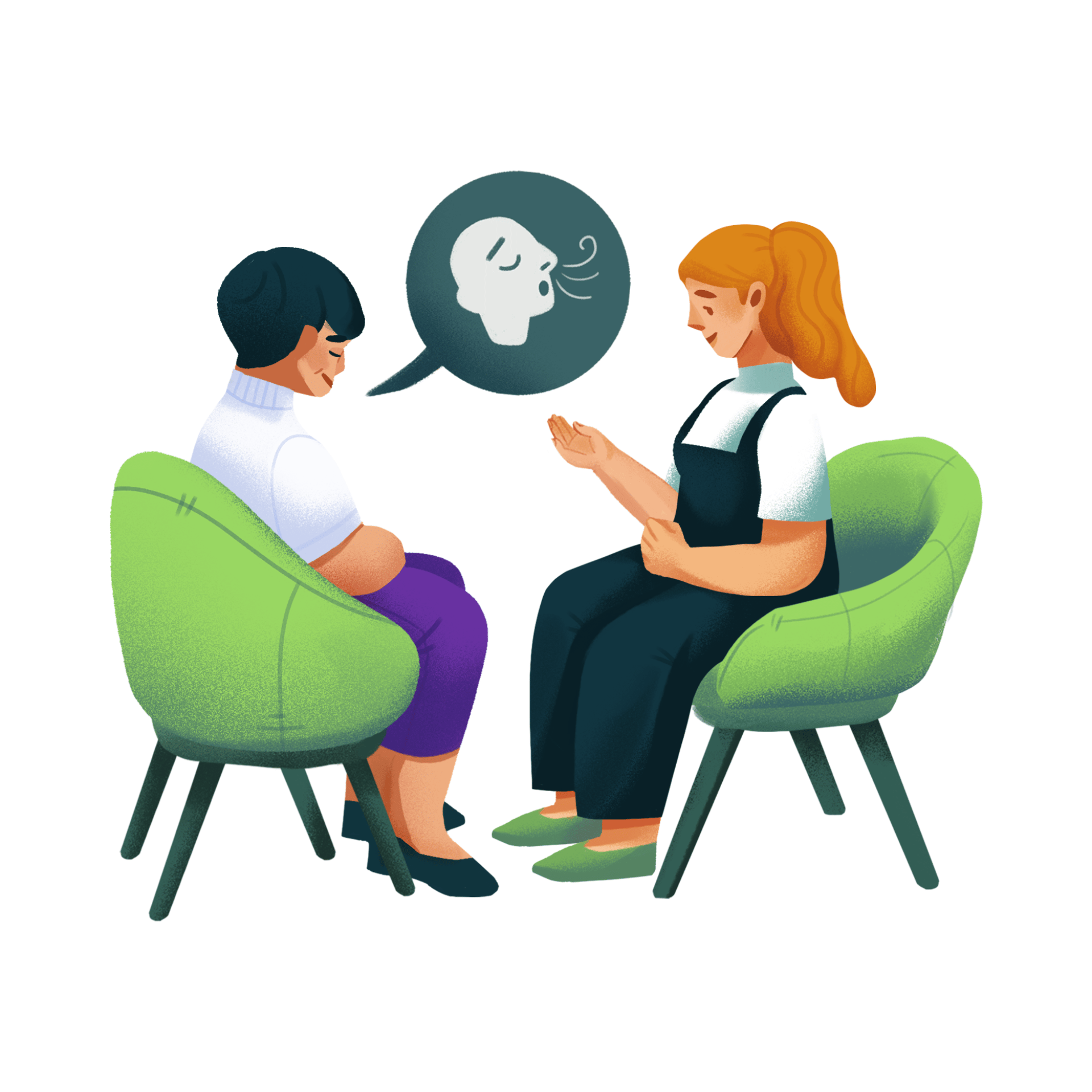
Context
Across many African communities, rising rates of depression, anxiety, and loneliness collide with a severe shortage of trained mental health professionals. Formal clinics are often distant or overburdened, and stigma can deter people from seeking help. At the same time, strong traditions of storytelling, communal support, and trusted local counselors have long provided emotional relief. Yet these informal networks remain fragmented and largely offline. There is a clear need for a solution that bridges community strengths with accessible, on-demand mental health support—without relying solely on scarce professionals.
Mission
As a YIL Fellow, your task is to envision and prototype a platform or service that empowers ordinary community members—leveraging their natural gifts of listening, storytelling, and empathy—to deliver basic mental health support on demand. Your solution should:
- Address the gap in therapist availability while remaining culturally resonant.
- Enable anyone with foundational communication skills to become a trusted peer supporter.
- Ensure that individuals across urban and rural areas can connect to help quickly and safely.
Use the innovation frameworks, rapid-prototyping methods, and user-centered design principles learned in the fellowship to identify the most appropriate digital and community-driven approaches. By the end of the capstone project, you will present a clear problem statement, a user-validated prototype concept (such as a service model, app interface, or workflow), and an initial plan for how your peer-powered mental health solution can launch quickly and scale effectively—while preserving both modern best practices and community heritage.
8. Strengthening Teacher Excellence in Underserved Schools

Context
In many rural and peri-urban communities across Africa, schools face a chronic shortage of well-prepared, motivated teachers. New recruits often arrive with minimal orientation, while in-service training opportunities are irregular or absent. As a result, classroom practices stagnate and turnover remains high, forcing schools to rely on less-qualified staff or volunteers. Meanwhile, informal mentorship traditions—where veteran educators guide newcomers—exist but lack structure or consistent support. Without a sustainable system to equip teachers with relevant skills and incentives to stay, student learning outcomes continue to suffer, and community trust in education erodes.
Mission
As a YIL Fellow, your task is to envision and prototype a model that empowers teachers in underserved schools to access ongoing professional growth and remain engaged in their communities. Using the innovation principles and tools taught in the fellowship, you should:
- Assess the Landscape
• Investigate the core challenges that prevent teachers from developing their skills and staying in post—exploring factors such as resource constraints, professional isolation, or limited recognition.
• Map existing community and cultural assets (e.g., respected local figures, informal support networks) that could inform potential solutions. - Conceptualize a Scalable Solution Framework
• Design an approach—grounded in local context—that enables teachers to acquire new competencies and receive ongoing encouragement, even in resource-scarce settings.
• Identify how incentives (monetary or non-monetary) and pathways for professional growth can be sustained over time. - Generate a Prototype Concept
• Develop a high-level prototype (e.g., service blueprint, user storyboard, or interface mockup) illustrating how teachers engage with the training ecosystem, how progress is tracked, and how retention outcomes might improve.
• Define simple success metrics—such as teacher engagement levels or retention rates—that can be measured across a pilot cohort. - Outline Early Implementation Steps
• Propose initial stakeholders and partnerships required to validate and launch your concept in two or three schools.
• Sketch a roadmap that shows how the prototype could be tested, refined, and scaled—while maintaining alignment with local traditions and needs.
By the end of this capstone, you will present a concise problem statement, a prototype concept that conceals specific tactics (allowing innovation of your own), and an initial plan to test and iterate. Your solution should draw on YIL’s innovation frameworks—enabling teachers to grow professionally and remain committed to the learners who depend on them.
9. Innovation Rescue Hub: Crowdsourcing Support to Revive Ventures
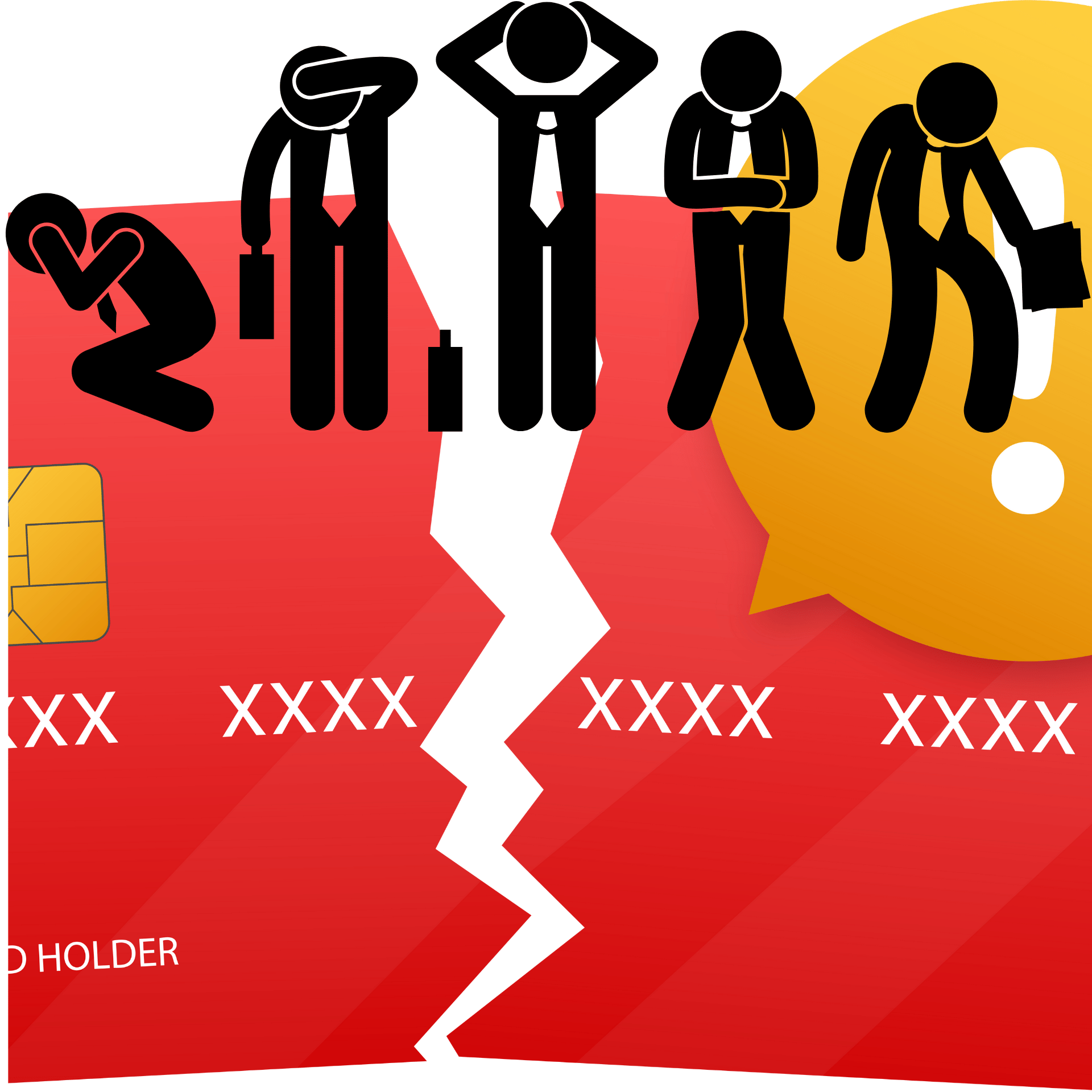
Context
Across Africa, a remarkable number of startups, social enterprises, and nonprofit initiatives begin with promise—only to stall when they encounter persistent roadblocks. Founders may struggle to secure follow-on funding after an initial pilot, while executives discover that scaling beyond a city or region requires connections they do not yet have. Others find their core teams lacking critical skills—whether technical expertise, marketing know-how, or operational management—just as growth becomes imperative. Meanwhile, NGOs with proven interventions can find it difficult to adapt when donor priorities shift or local circumstances change, leaving effective programs under-resourced or unsustainable.
At the same time, countless capable advisors, potential partners, and investors exist across the continent and in the diaspora who stand ready to help but often lack a centralized way to identify and engage with struggling ventures. Without a unified mechanism to signal urgent needs—whether a pivot in business strategy, assistance securing partnerships, or guidance navigating regulatory landscapes—many ventures simply fade or tread water far below their potential impact. The result is a vibrant ecosystem where ideas emerge constantly but too many fizzle out when they need timely, targeted support to persevere.
Mission
As a YIL Fellow, envision and prototype a platform where founders, executives, and social innovators can quickly present their struggling projects and attract the specific support they require. Using the innovation frameworks from the fellowship, you should:
- Clarify Core Objectives
- Define who would use this Rescue Hub and what they need most when their venture is at risk.
- Outline what “success” looks like: a revived business, a pivot to a sustainable model, or an effective partnership.
- Design a High-Level Solution Concept
- Sketch how users would signal their needs and how helpers (mentors, investors, peers) would discover and respond to those requests.
- Leave room for experimentation: participants choose their own methods for matching needs with resources, structuring engagements, and tracking progress.
- Plan Early Validation Steps
- Identify initial partners or pilot communities where the hub could be tested.
- Propose simple criteria for measuring whether a struggling project truly benefits from the Rescue Hub’s interventions.
By the end of this capstone, you will present a concise problem statement, a prototype framework that conceals specific tactics, and an initial plan for pilot testing. Your “Innovation Rescue Hub” should demonstrate how a well-crafted crowdsourcing mechanism can breathe new life into ventures that might otherwise fade away.
10. Pan-African Policy Portal: Unlocking Government Transparency
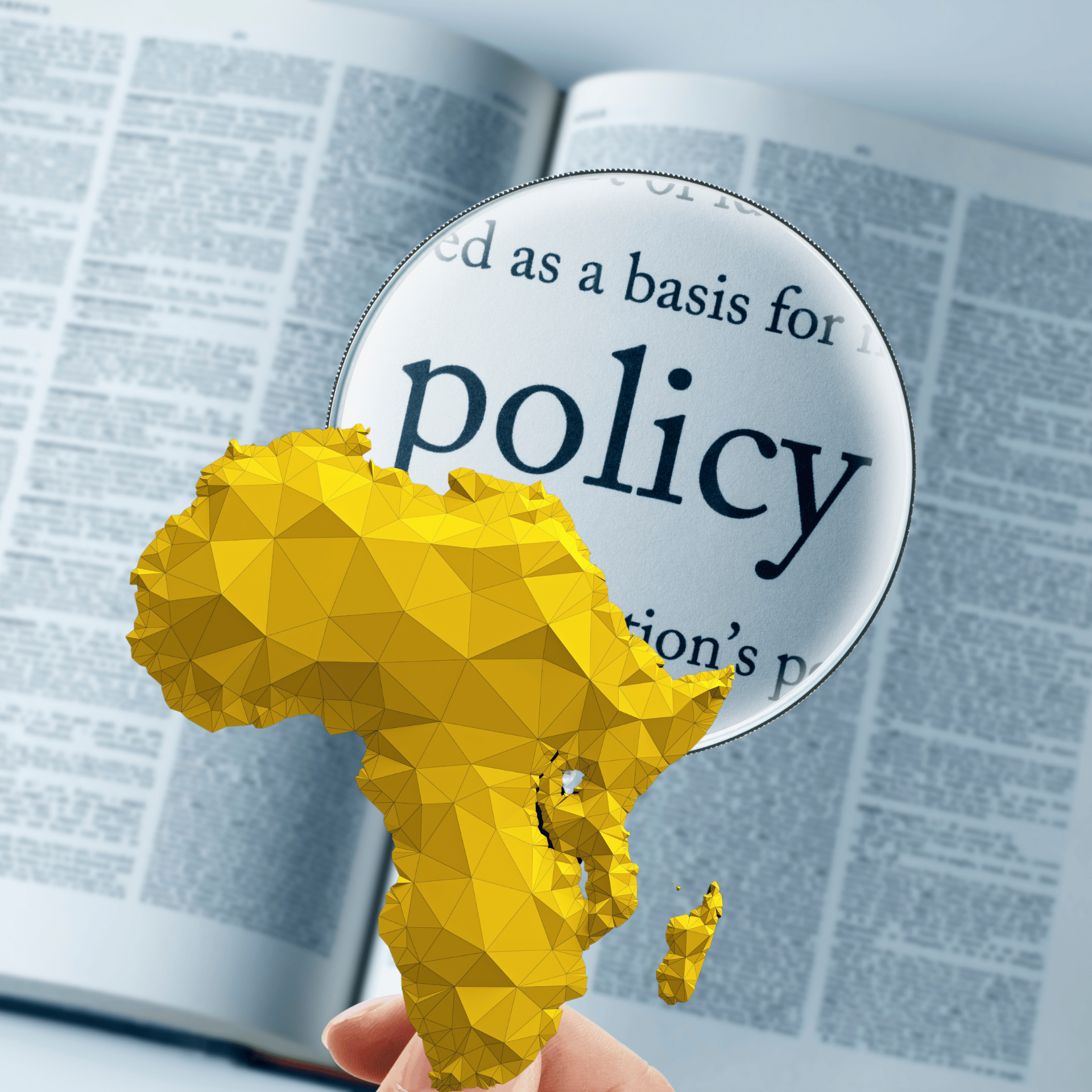
Context
Across Africa, locating up-to-date laws, regulations, and policy papers is often a labyrinthine task. Documents are scattered across countless ministry websites, published in different languages and formats, and buried behind shifting URLs. This fragmentation undermines transparency, hinders research and advocacy, and leaves businesses and citizens guessing which rules actually apply. Moreover, few tools exist to compare how similar policies evolve across countries or to track when laws change.
Mission
As a YIL Fellow, your task is to design a compelling, scalable solution that transforms how stakeholders discover, understand, and leverage African government policies. Using the innovation frameworks learned in the fellowship, you should:
- Investigate & Define
• Uncover the biggest barriers users face when searching for policy texts—whether delays in finding current versions, language gaps, or confusing document structures.
• Identify what “success” looks like: faster discovery, clearer insights, or more inclusive access across borders and languages. - Envision & Prototype
• Conceptualize an approach—digital or hybrid—that bridges fragmented sources and empowers anyone (from entrepreneurs to researchers) to navigate policy landscapes with ease.
• Leave room for innovation: participants choose which technologies (e.g., indexing engines, machine-aided summarization, peer networks) best fit the challenge. - Plan for Impact & Scale
• Sketch how your concept could launch in a pilot country or region, detailing key partners, data sources, and simple metrics (e.g., “time to find a law” or “user satisfaction”).
• Map out pathways to expand across multiple jurisdictions without prescribing every step.
By the end of this capstone, you will present a concise problem statement, a high-level prototype concept (e.g., service blueprint or interface sketch), and an initial roadmap. Your solution should intrigue, inspire, and leave stakeholders eager to see how YIL’s innovation tools can unlock African policy for everyone.
Interested in guiding the next generation of African innovators?
We’re seeking experienced professionals to serve as mentors for our Capstone Projects—share your expertise, provide strategic advice, and help fellows bring their solutions to life. Apply now to join the YIL mentorship network and play a pivotal role in shaping impactful ventures across the continent.
